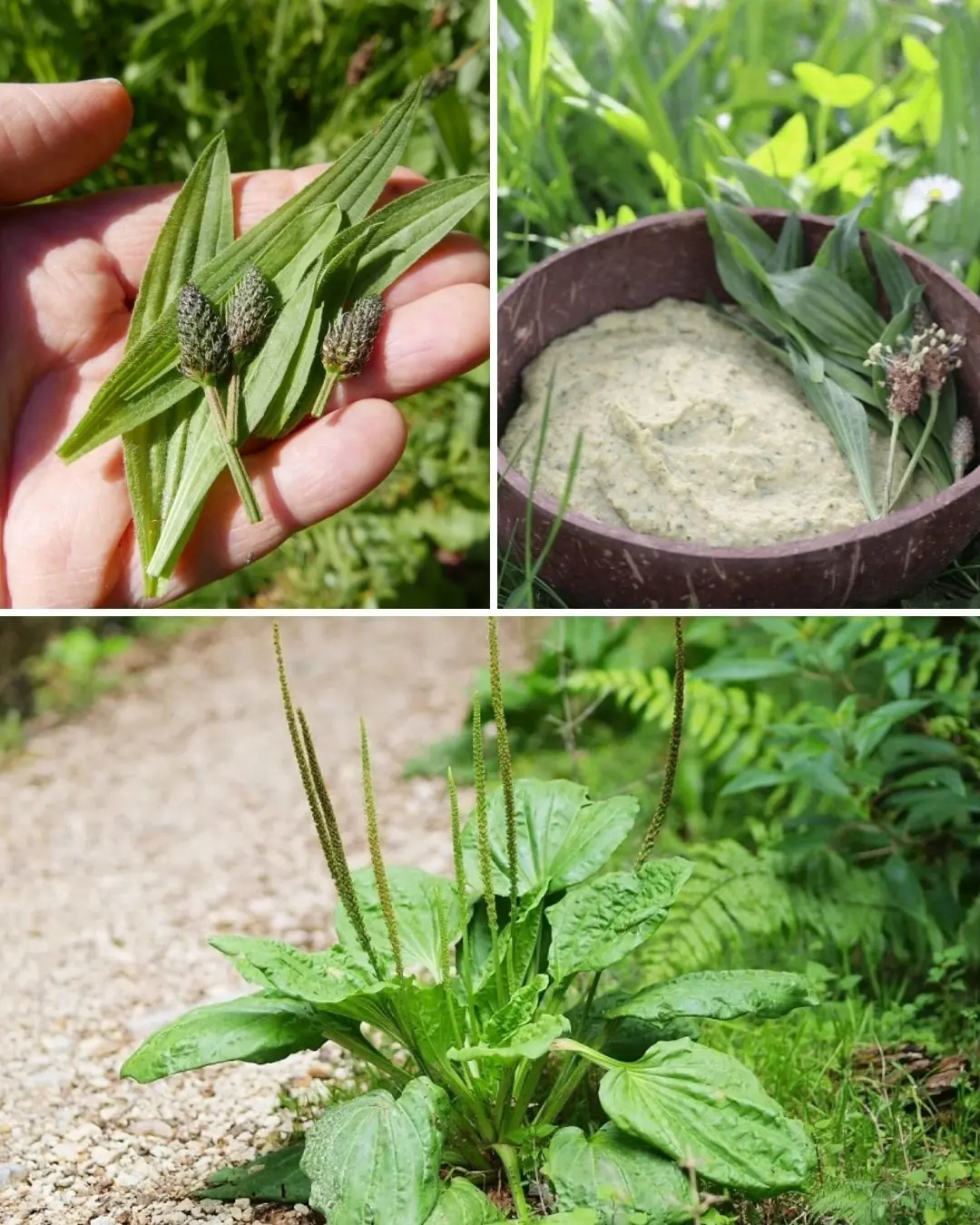
Kyllinga brevifolia (Rottb): Benefits and How to Use It
🌿 Kyllinga brevifolia (Rottb.): The Overlooked Herbal Powerhouse
Often dismissed as a common weed, Kyllinga brevifolia—also known as green kyllinga or shortleaf spikesedge—is a resilient plant with remarkable medicinal properties. Native to tropical and subtropical regions, this grass-like member of the sedge family has long been used in traditional herbal medicine across Asia and Africa. Its therapeutic potential is finally gaining recognition in modern wellness circles.
🌱 Key Health Benefits
-
Anti-inflammatory Effects: Rich in bioactive compounds, Kyllinga helps reduce inflammation in joints, muscles, and skin. It’s especially useful for arthritis and eczema sufferers.
-
Antimicrobial Properties: Studies show it has antibacterial and antifungal activity, making it effective against skin infections and minor wounds.
-
Digestive Support: Traditionally used to ease indigestion, bloating, and stomach discomfort. It may also help regulate bowel movements.
-
Natural Pain Relief: The plant’s analgesic properties can soothe headaches, muscle soreness, and menstrual cramps.
-
Antioxidant Boost: Packed with antioxidants, Kyllinga helps neutralize free radicals, supporting cellular health and slowing aging.
-
Diuretic Action: Promotes gentle detoxification by increasing urine output, which may benefit kidney health and reduce water retention.
-
Respiratory Relief: Used to treat coughs, asthma, and congestion by calming the respiratory tract.
🍵 How to Use Kyllinga brevifolia
-
Herbal Tea
-
Ingredients: Fresh or dried leaves/roots
-
Instructions: Boil with water for 10–15 minutes, strain, and drink.
-
Benefits: Supports digestion, reduces inflammation, and eases respiratory symptoms.
-
-
Topical Paste for Skin
-
Preparation: Grind fresh leaves with water into a paste.
-
Application: Apply to rashes, infections, or inflamed areas.
-
Benefits: Soothes irritation and fights bacteria.
-
-
Poultice for Pain
-
Preparation: Warm and crush fresh leaves.
-
Application: Place on sore muscles or joints.
-
Benefits: Relieves pain and reduces swelling.
-
-
Decoction for Coughs
-
Ingredients: Dried roots
-
Instructions: Boil for 20 minutes, strain, and drink.
-
Benefits: Clears mucus and calms the throat.
-
-
Powdered Supplement
-
Preparation: Dry and grind into powder.
-
Usage: Mix with honey or warm water.
-
Benefits: Boosts immunity and digestive health.
-
⚠️ Precautions
-
Use in moderation and consult a healthcare provider before starting any herbal regimen.
-
Avoid during pregnancy or while breastfeeding unless advised by a professional.
-
Always patch test before applying topically to check for allergic reactions.
🌼 Bonus Insights (Expanded Content)
-
Environmental Benefits: Kyllinga grows easily without pesticides, making it a sustainable option for herbal farming and soil stabilization.
-
Cultural Uses: In some regions, it’s used in ceremonial healing rituals or as a natural insect repellent.
-
Combination Remedies: It pairs well with turmeric, ginger, or lemongrass in teas for enhanced anti-inflammatory effects.
-
Scientific Interest: Researchers are exploring its potential in treating chronic conditions like diabetes and hypertension due to its bioactive compounds.
Kyllinga brevifolia is more than a roadside weed—it’s a botanical treasure with wide-ranging health applications. By integrating it into your wellness routine through teas, poultices, or supplements, you tap into centuries of traditional wisdom backed by emerging science.
News in the same category


Exploring the Health Benefits of Common Mallow: A Nutritional Powerhouse
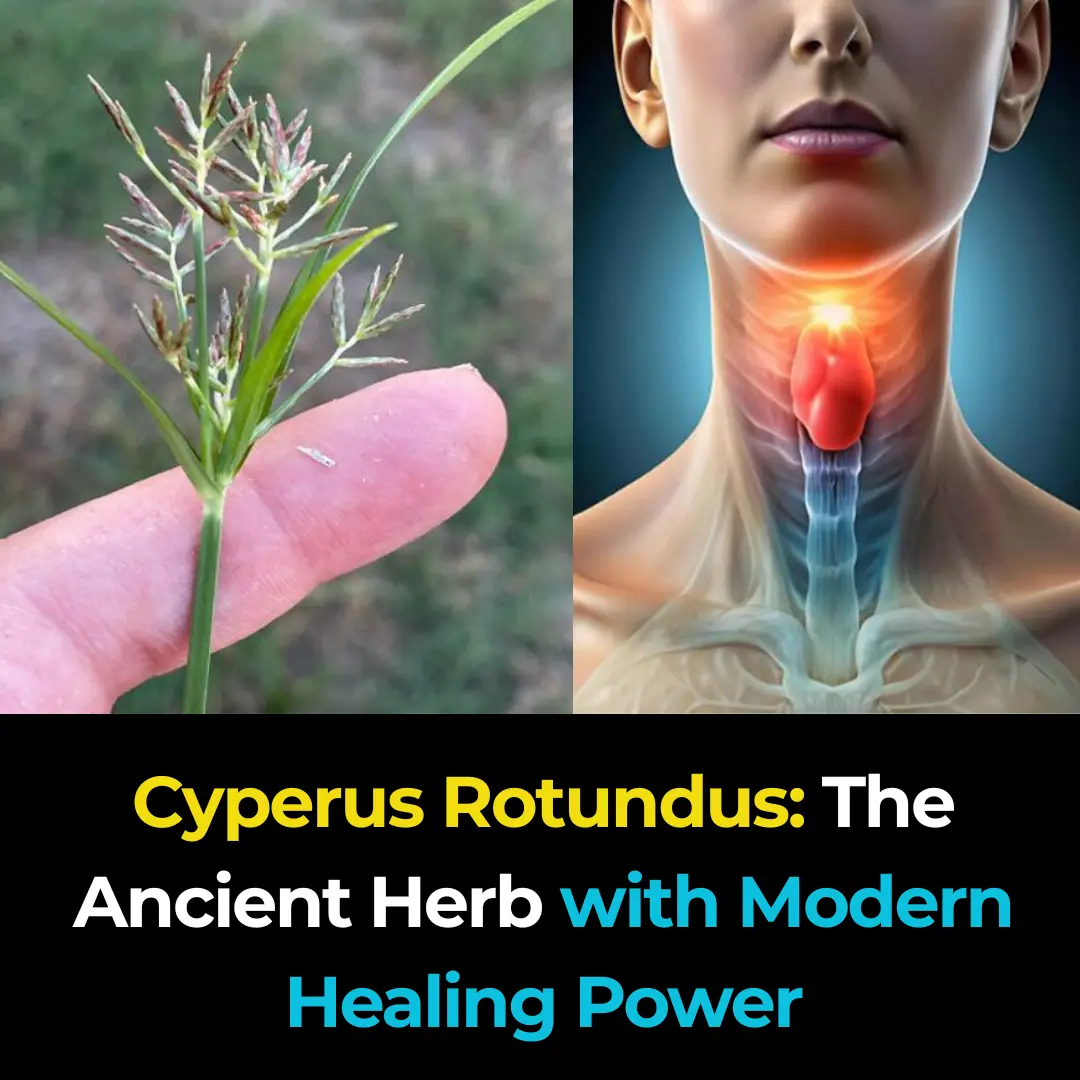
Cyperus Rotundus: The Ancient Herb with Modern Healing Power

2 Cloves a Day Trigger Irreversible Changes in Your Body — Especially After 40

Try This Before Bed and Feel the Spark
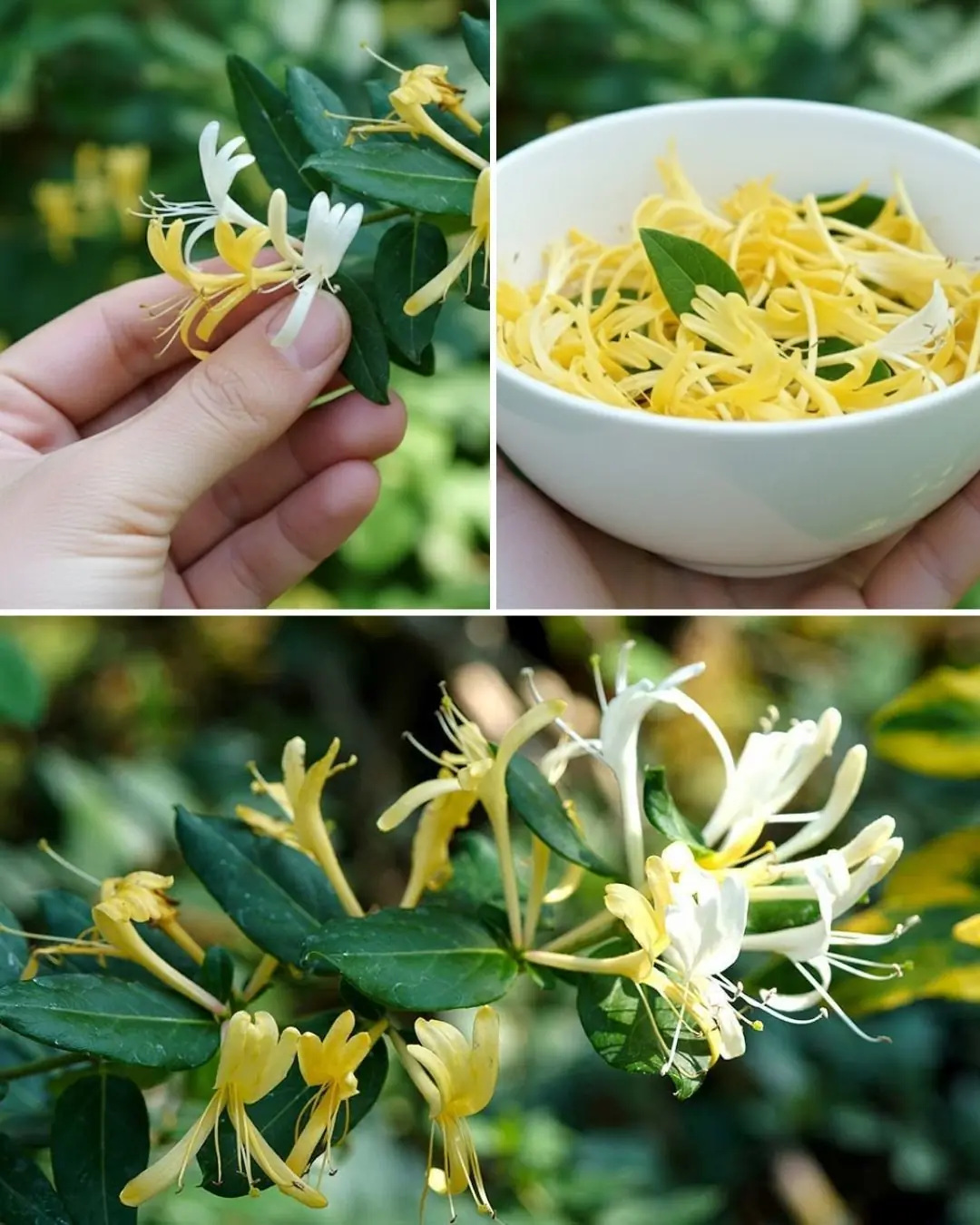
Japanese Honeysuckle (Lonicera japonica): Health Benefits and Homemade Uses

🦵 Discover the Miracle Drink That Rebuilds Knee Cartilage Fast for Seniors!
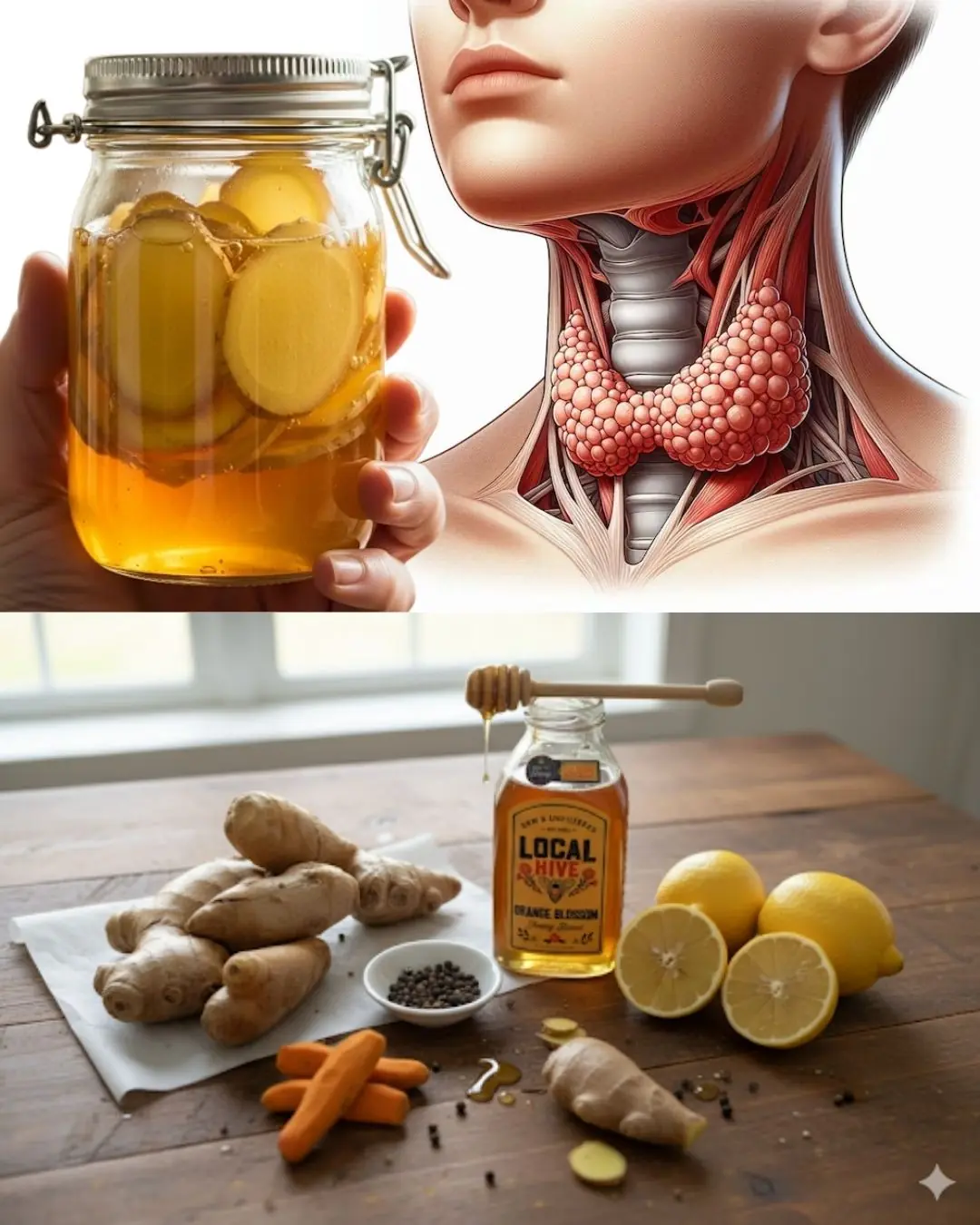
A Unique Way to See Vietnam – Naturally, Deliciously, and Mindfully
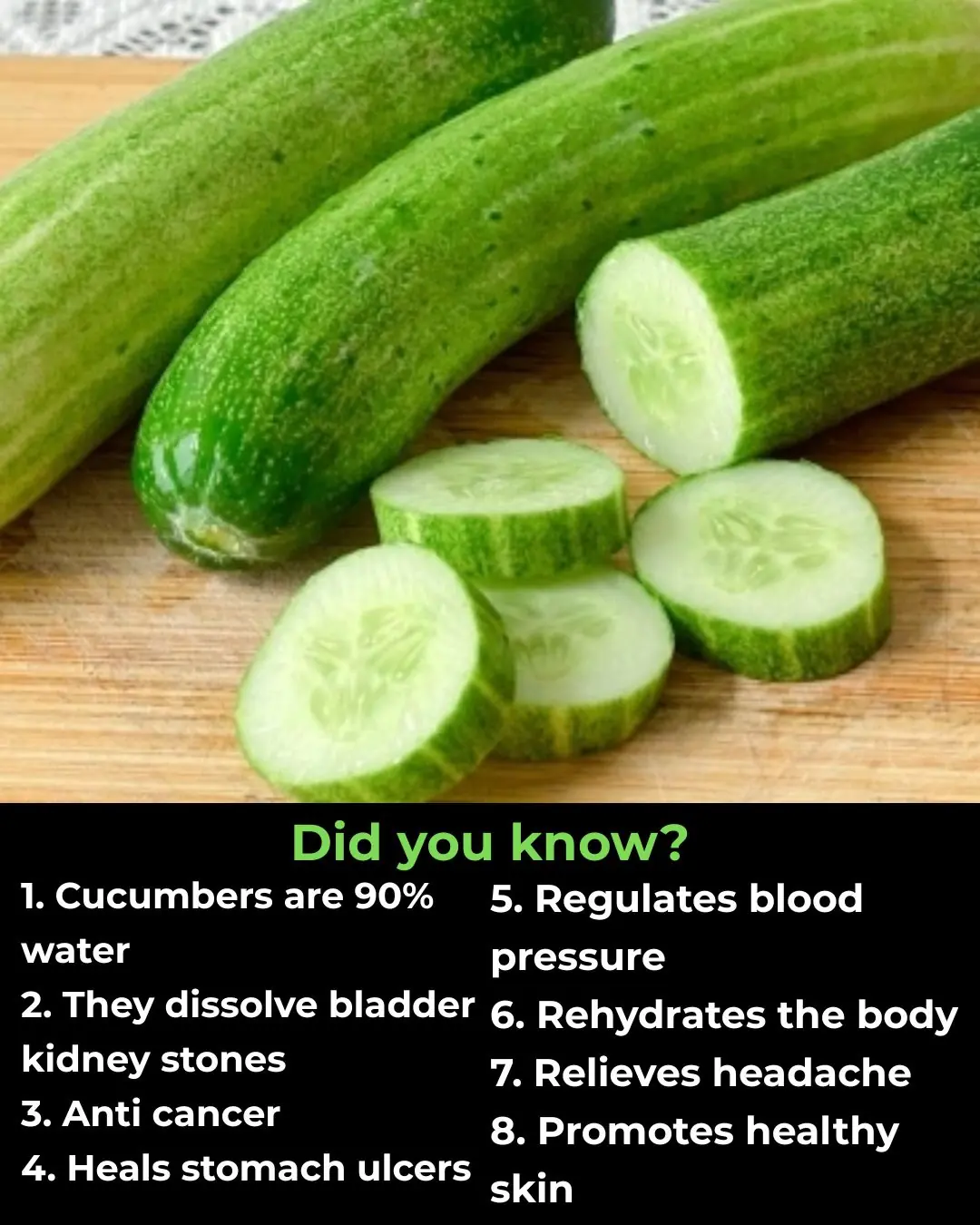
Did You Know? 25 Surprising Health Benefits of Cucumbers!

Papaya releases a milky sap, but most people don’t realize how important it is

Beware Datura: Why You Must Avoid This Toxic Plant

American Sweetgum (Liquidambar styraciflua): Health Benefits and Easy Ways to Use It at Home
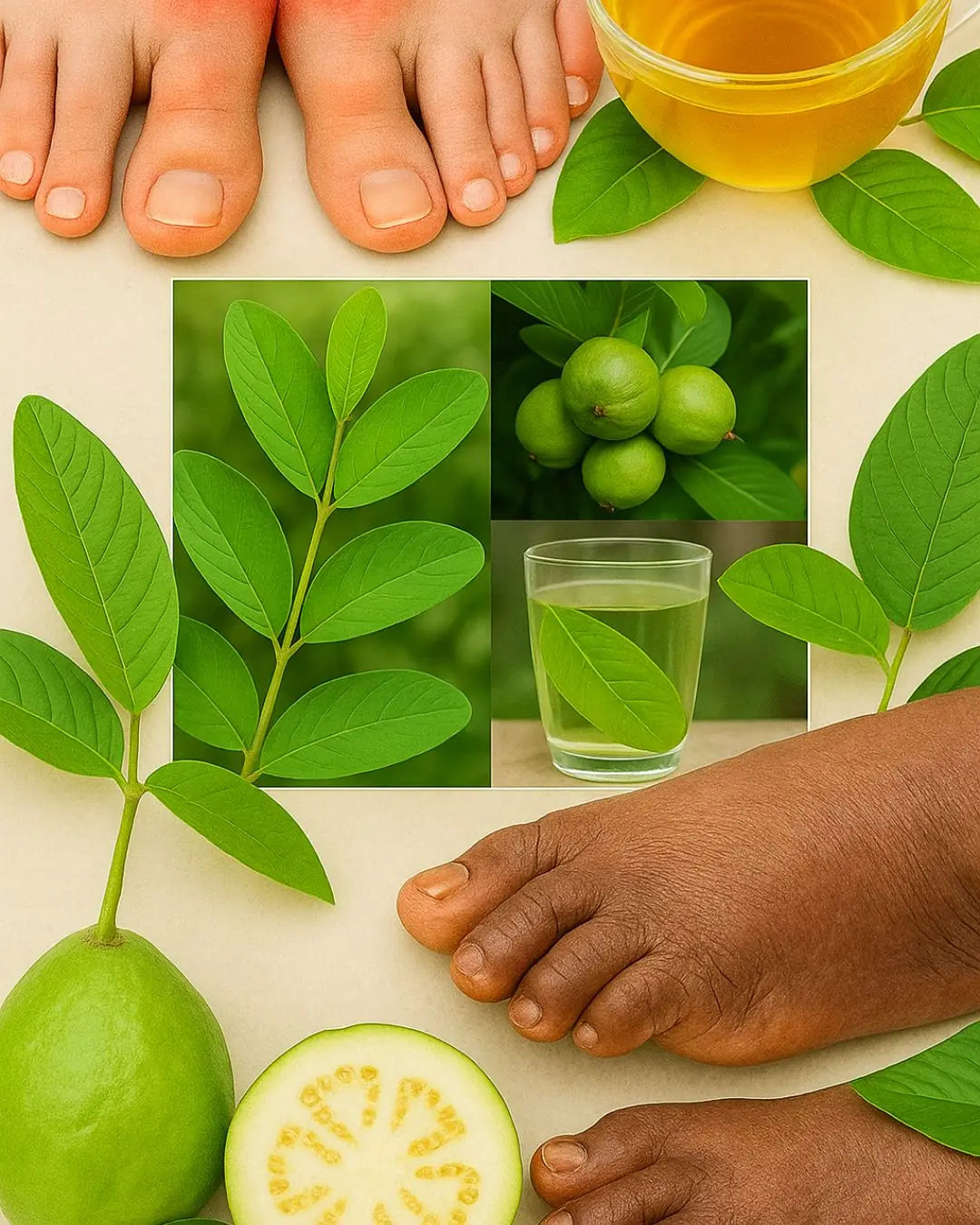
Why Guava Will Become Your Favorite Fruit

Homemade Baking Soda Cream: Say Goodbye to Wrinkles and Dark Spots

Goodbye, Blood Sugar! A Simple Natural Drink That Helps Balance Glucose Levels
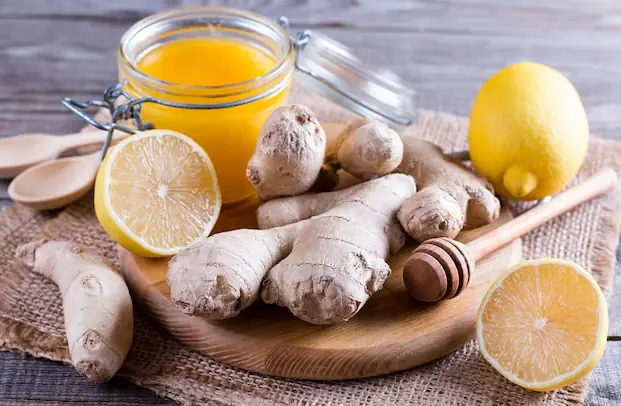
Honey, Lemon, Onion, Garlic & Ginger: The Daily Spoonful That Works Wonders

It grows everywhere, but this stunning plant hides a dark and dangerous secret… 💬👀
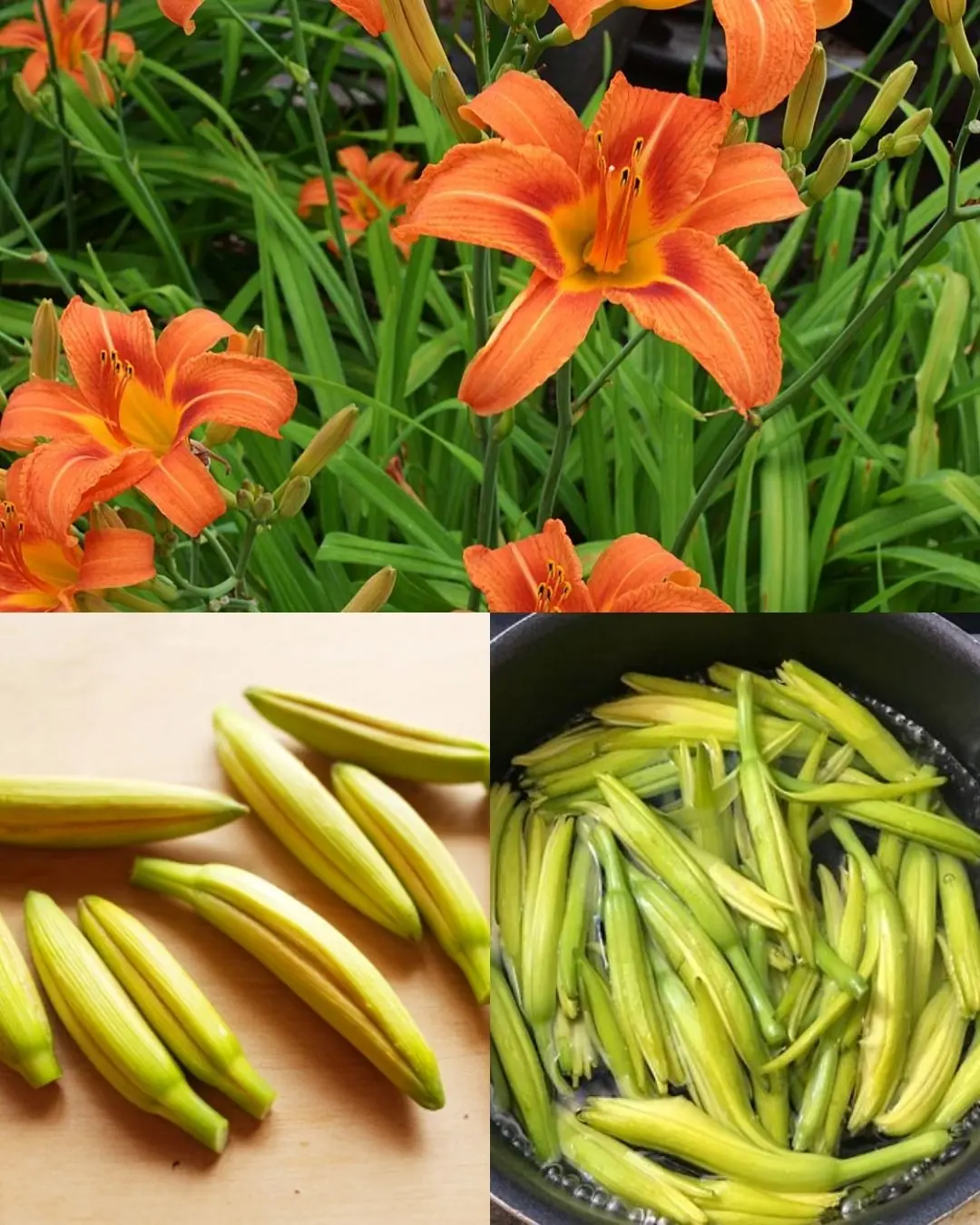
You Thought This Flower Was Just Decorative – Think Again…
News Post

Symptoms That Can Be Caused by Stress

What the Shape of Your Legs Might Say About Your Personality

How surgeon who amputated his own legs was caught as he's sentenced to 32 months in prison

PlayStation handing out rare refunds to gamers over popular new game
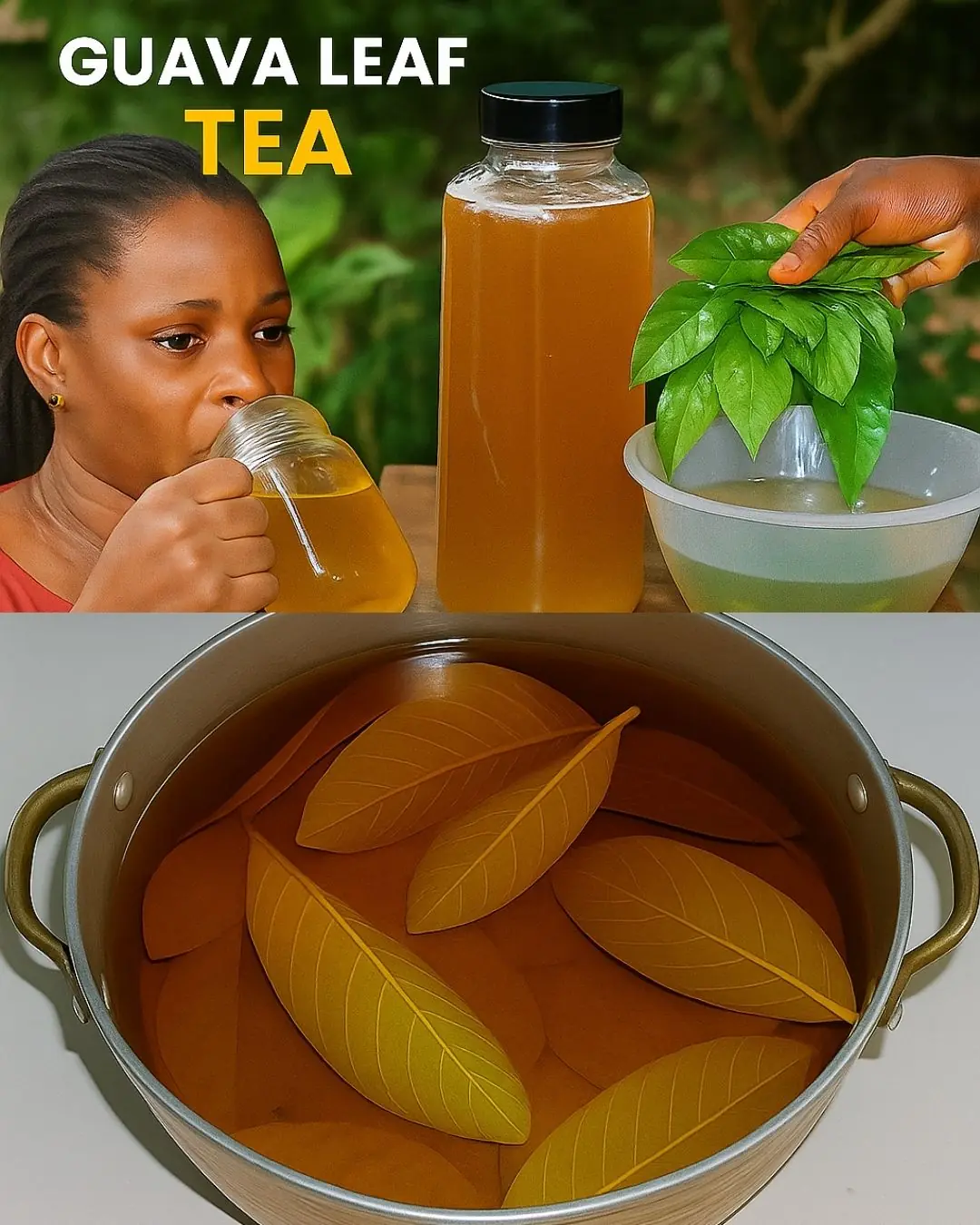
🌿 17 Health Conditions That May Benefit from Guava Leaf Tea + Easy Homemade Recipe

If your non-stick pan has lost its coating, don't rush to throw it away: Just do this, and you can fry and cook without it sticking or falling apart.

The golden 4-hour window for drinking coffee helps your body gain maximum benefits: detoxifying the li:ver and promoting smooth digestion.

Eating boiled bananas at this time, after just 1 week, your body will experience 7 changes

Add potato to coffee to get rid of wrinkles in just 1 week
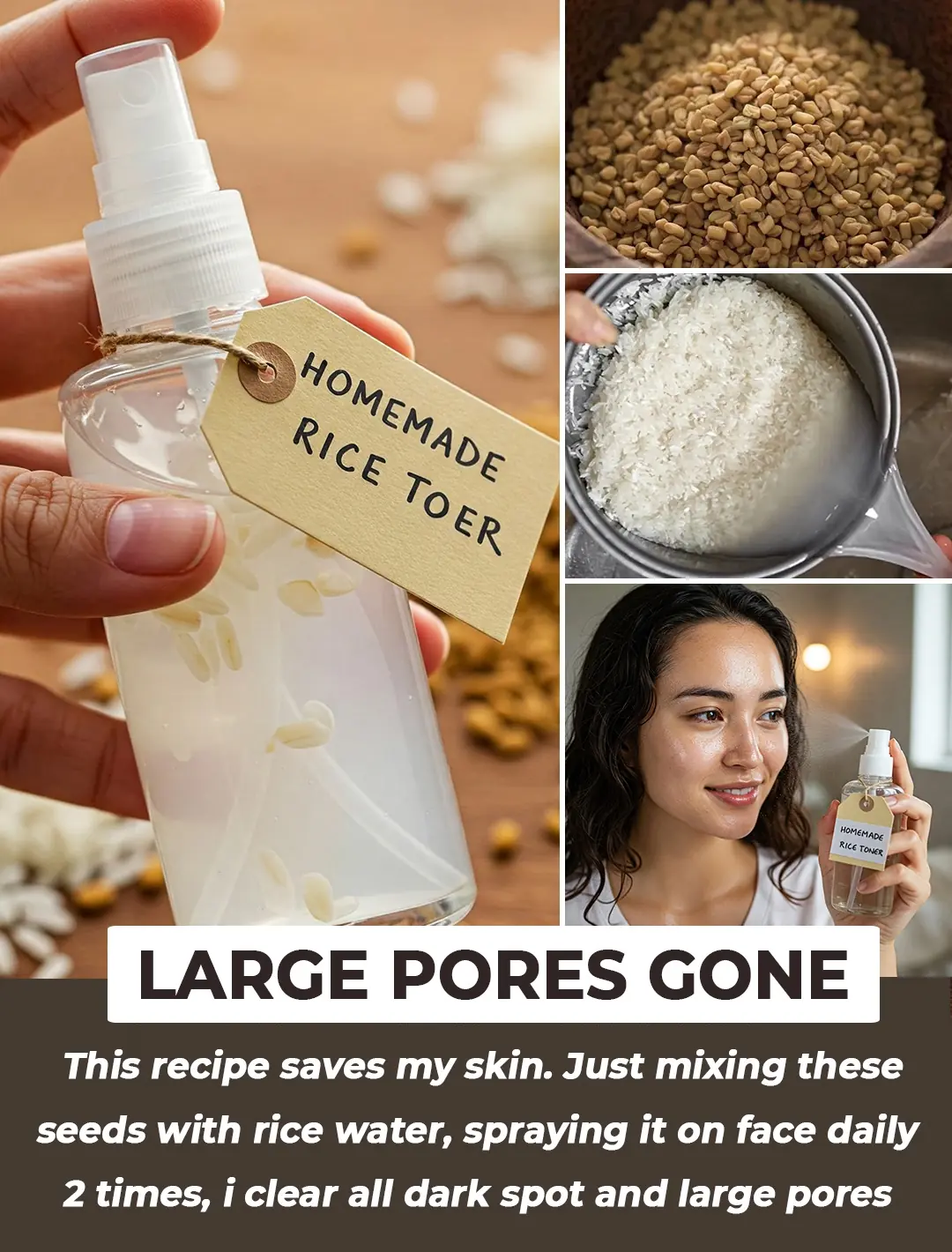
Homemade Rice water & Methi Dana Toner for Glowing Skin

The DIY anti-ageing cream that is very effective to get rid of wrinkles and fine lines on your face
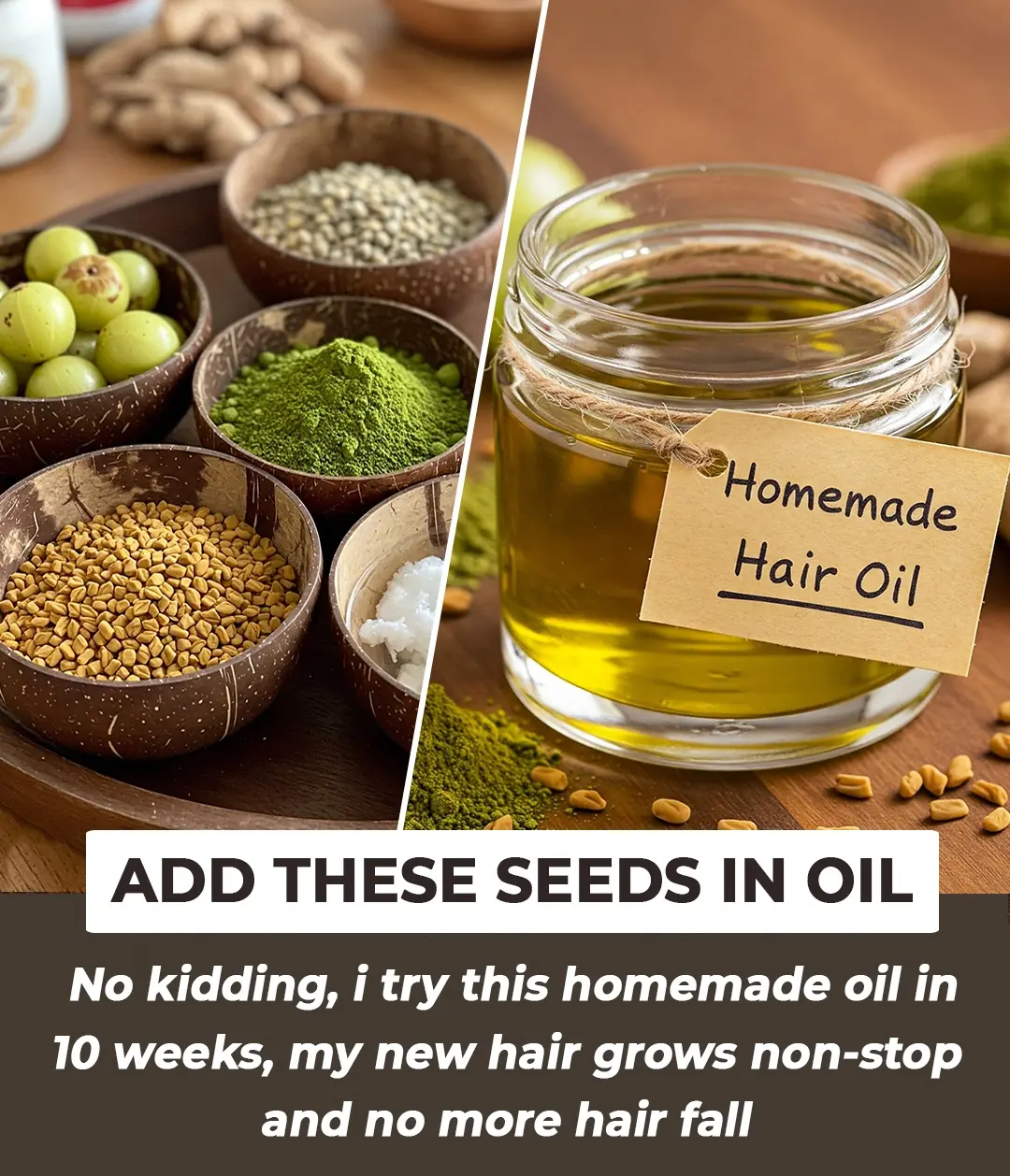
Herbal Remedies for Strong, Lush Hair: Easy Recipe Everyone Can Make At Home

Flaxseed Gel for Wrinkles: The Natural DIY Solution for Smoother, Youthful Skin

10 Tomato Slice Skincare Remedies for Wrinkles, Pores, and Glowing Skin: Natural DIY Treatments

Super Effective DIYs to Achieve Soft, Pink, and Perfect Lips
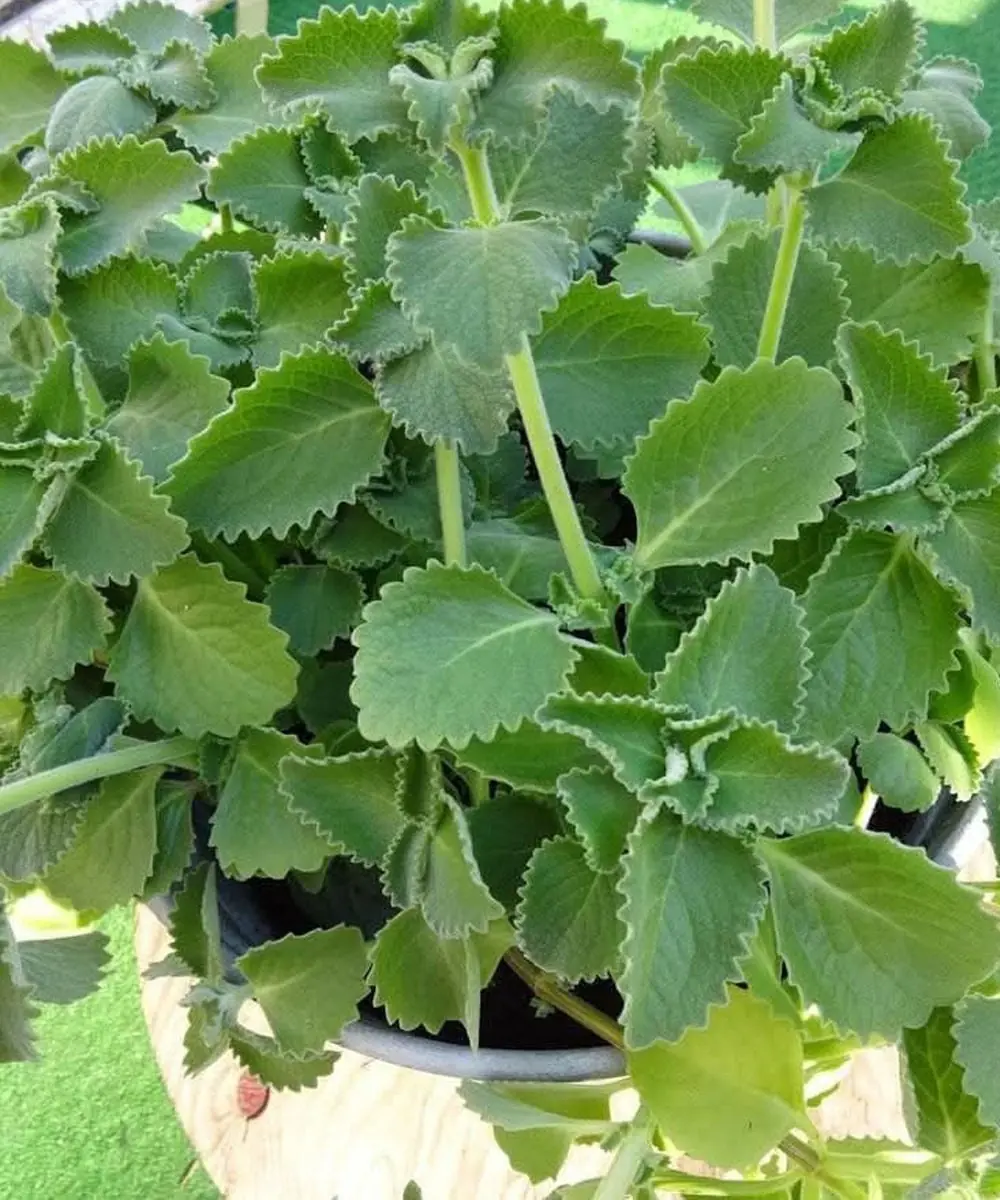
A Scientific Look at Oregano’s Role in Supporting Wellness

Reverse Hair Greying Naturally: Effective Treatments and Remedies for Restoring Hair Color

The Incredible Benefits of Plantago lanceolata and How to Use It

CCF Detox Drink For Glowing Flawless Skin
